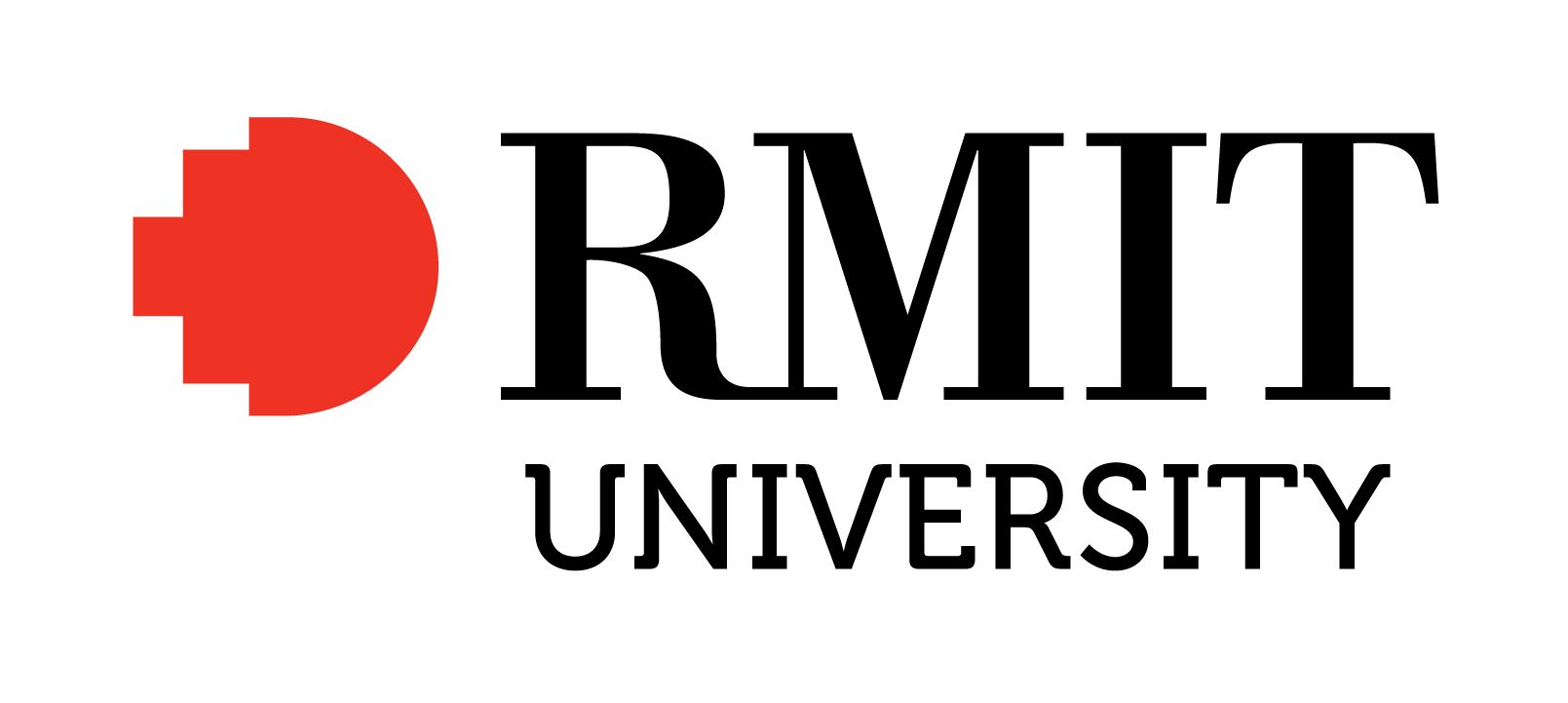Full description
Data collected in this repository contains resources used and described in the paper. The repository is structured as follows: paper/: Formal description of the algorithm and evaluation results code/: The Matlab project code presentation/: The presentation slides Code The codes are available in code/. "GetTS_Syn.m": The function generates synthetic data "main": Run this file for the implementation of the algorithm. All the variables are defined in this file. "best_k": It finds the best candidate for the number of the segments based on the given information gain. "Clean_TS": This function normalizes the time series and doubles the number of the time series to address the hetergenousity in the time series. "DP_IG": Implementation of the dynamic programming for IGTS "FullSearch": Implementation of the full search for IGTS "GetTS_USC": It preprocesses the USC data for the algorithm "Hierarchical": Implementation of the TOP-Down algorithm for IGTS "IG_Cal": It calculates the information gain "ksegmentation": Implementation of k-segmenatation algorithm "movingvar": It is an optional function that adds variance of the time series "Sh_Entropy": It calculates the entropy The input is m time series with the length of n that should be stored in an m*n matrix. Paper Abstract This paper aims to observe and recognize transition times, when human activities change. No generic method has been proposed for extracting transition times at different levels of activity granularity. Existing work in human behavior analysis and activity recognition has mainly used predefined sliding windows or fixed segments, either at low-level, such as standing or walking, or high-level, such as dining or commuting to work. We present an Information Gain-based Temporal Segmentation method (IGTS), an unsupervised segmentation technique, to find the transition times in human activities and daily routines, from heterogeneous sensor data. The proposed IGTS method is applicable for low-level activities, where each segment captures a single activity, such as walking, that is going to be recognized or predicted, and also for high-level activities. The heterogeneity of sensor data is dealt with a data transformation stage. The generic method has been thoroughly evaluated on a variety of labeled and unlabeled activity recognition and routine datasets from smartphones and device-free infrastructures. The experiment results demonstrate the robustness of the method, as all segments of low- and high-level activities can be captured from different datasets with minimum error and high computational efficiency. Subjects
Human activity recognition |
Information and Computing Sciences |
Information Systems |
Information Systems Not Elsewhere Classified |
Information gain |
Routine discovery |
Temporal segmentation |
User Contributed Tags
Login to tag this record with meaningful keywords to make it easier to discover
Identifiers
- Local : 41aac894974d42ba70a775b7afc96a18


